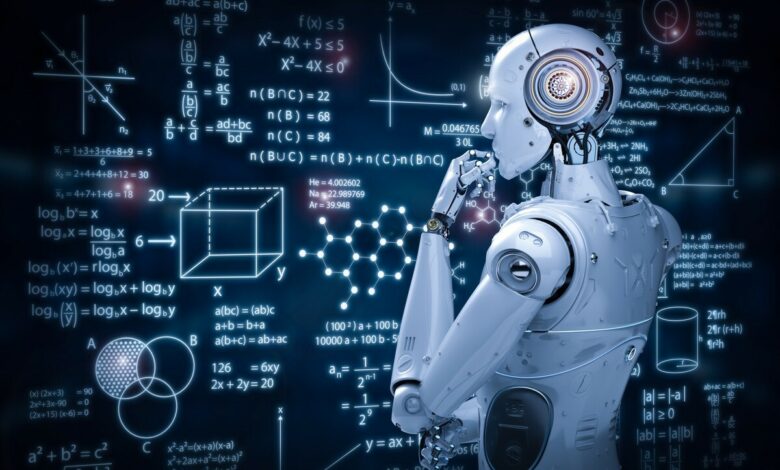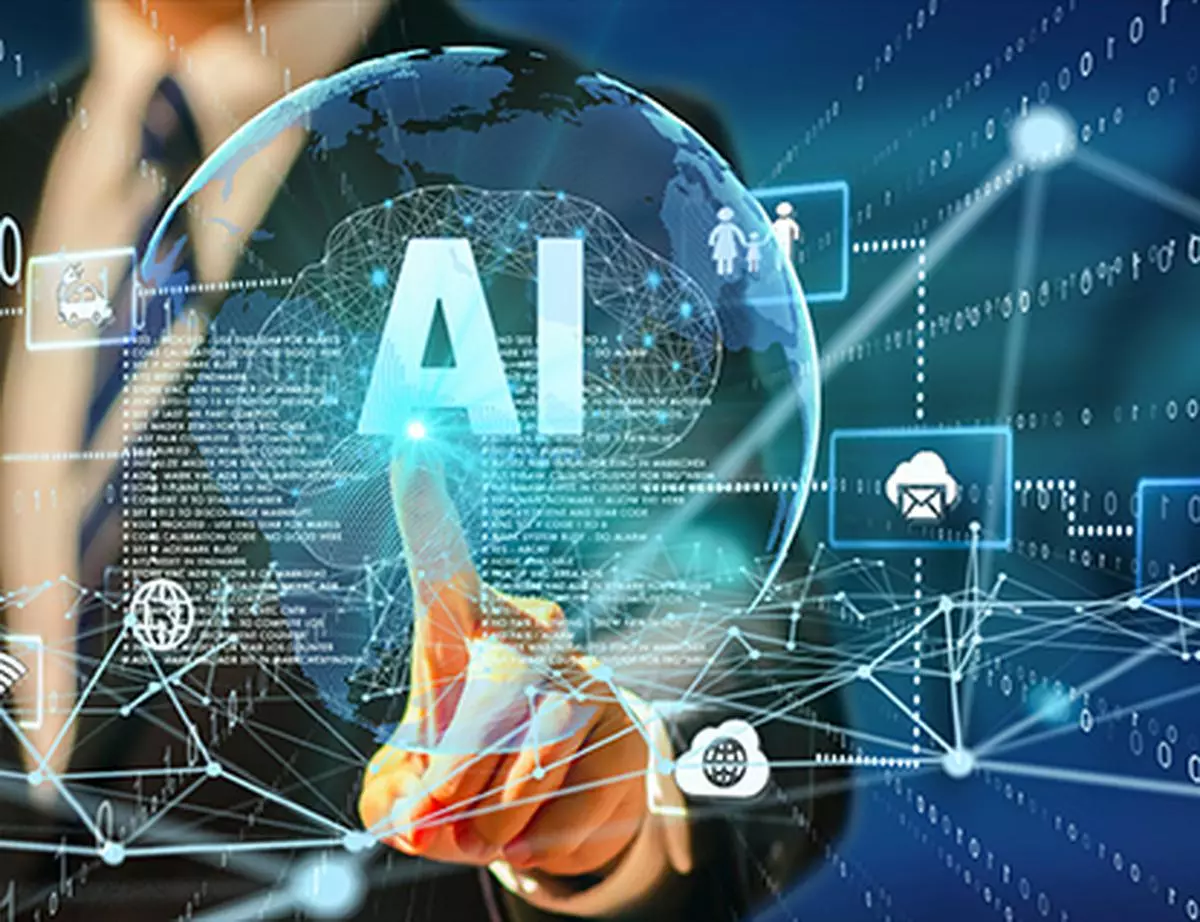Will Text-To-Image AI Be the Next Tool of Disinformation?

Know about text-to-image models
A text-to-image is a type of machine learning model that takes as input a description in plain language and outputs a picture that corresponds to that description. Due to developments in deep neural networks, such models started to be created in the middle of the 2010s. In 2022, output from cutting-edge text-to-image models like OpenAI’s DALL-E 2, Ibm Brain’s Imagen, & StabilityAI’s Stable Diffusion started images and hand-drawn artwork in terms of quality.
The majority of text-to-image models combine word embeddings, which convert the user input into a series of hidden layers, and a generative picture model, which generates an image based on the representation. The most successful models have often been trained on vast volumes of web-scraped text and picture data.

Text-to-image models are developed using sizable (text, picture) pair datasets that are frequently web-scraped. In contrast to Brain’s 2022 Imagen model that was independently trained on a txt msg corpus (with its parameters later frozen).
Many different architectures have been used to create text-to-image models. Although transformer models have recently gained popularity, text encoding may also be done using recurrent neural networks, such as long poor memory (LSTM) networks. Conditional deep convolutional networks have been extensively employed during the picture creation stage, while diffusion models have also gained popularity recently. A common strategy is to train a machine to create low-resolution pictures and then use one or more learning algorithms to upgrade it, adding in a finer model to produce a present higher one based on text embedding.
Text-To-Image about disinformation
The general public may now use artificial intelligence for creating images. Text-to-image model developers must plan and put in place the safety measures that will stop malevolent actors eager to propagate disinformation from abusing them.
It’s conversion is one of the most recent artificial intelligence. These technologies convert textual material visuals. The effectiveness of these systems has recently seen a huge advancement in how languages. While these algorithms push the envelope in fields like art and danger to our IoT ecosystem since they may be used to make fake photographs that are then used to deceive the public.
The industry’s most well-known text-to-image programs are Dalle 2, Stable diffusion CogView 2, and NightCafe Studio. The public can access some of these programs for free, while others only allow access via invitation.
I put these programs to the test to determine if they could provide false information about recent and historical events. Here are some examples of the pictures I made.
Additionally, these models have the power to skew our understanding of the past and give rise to several conspiracies. Here is a picture of Abraham Lincoln as an illustration.
A problem of trust with Text to image

These AI-generated images not only give the public a false impression of what happened in the past, but they also put their trust in our IoT ecosystem at risk. Real photos of events lose their importance when captivating, but false, images spread like wildfire.
Photos are now considered to be crucial components of news articles in the current journalistic culture. To pique readers’ interest and convince them that they are reading news, journalists need a captivating tale. They just communicate a portion of the tale through the pictures they choose, which might lead to an illusion of consistency that is not there in the actual narrative.

Given the well-known misuse of Photoshop in digital advertising, it is simple to see a dishonest actor posting an Intelligence pictures on the internet and blogs with a brief description that suggests a completely fictitious narrative. For instance, a reporter trying to convince the public that the Steele dossier’s infamous “pee tape” supports the debunked RussiaGate theory may display an image of a bed at a Moscow hotel that has been peed on. The text and the picture can work together to create a false message that is visually convincing.
The reduced technological hurdle is what sets text-to-image images apart from those produced by other systems, including Photoshop as well as other AI systems. Even if they don’t have any design or graphics abilities, any layman who can write and read and also has access to a laptop & the internet may make these photos. Those who design other systems must possess particular abilities, which may involve coding. The technology will likely advance with time, but some of its images created with today’s techniques, like those seen above, may require greater dexterity to avoid being quickly identified as frauds.
Possible solutions to this problem of text-to-image programming
The designers of these systems might use a variety of strategies to reduce the danger of misinformation, such as limiting the use of certain phrases and prompts and prohibiting the creation of images that are connected with well-known people, locations, or events. Another strategy would be to plan a smart, slow rollout of the app and test it out with a small audience risks through user feedback.
A terms-of-use policy has already been developed by some of the real providers, like Dalle. E 2 and Stable dissemination, which expressly forbids the abuse of the technology. When I tried to use certain instructions to create images that may be used for misinformation while performing my study, Dalle. E. 2 even suspended my account. Other times, though, it didn’t.
Authorities should start to interfere and take systems provide to the general population if effective self-regulation is not established. Untrustworthy politicians might readily use these images during an electoral campaign to disparage a rival or sway the public’s opinion of current events.
The benefits of such an improvement in artificial intelligence, which has the potential to fundamentally change how we make art, must constantly be weighed against the danger of carelessly handing over such a potent misinformation weapon to those who will misuse it. To educate the public about spotting fake photographs, media literacy initiatives should update their instructional materials. The public might be made aware of and prevented from viewing these bogus photos by fact-checking groups.
edited and proofread by nikita sharma




